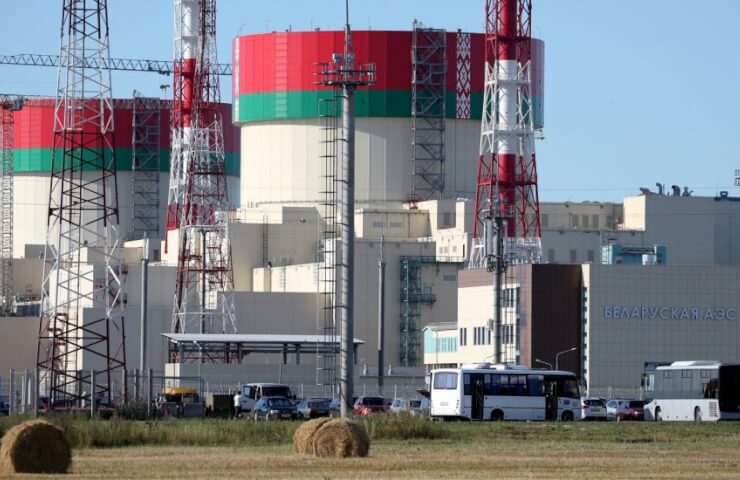At the invitation of the Department of Nuclear and Radiation Safety (Gosatomnadzor) of the Ministry of Emergency Situations of the Republic of Belarus, the IAEA team spent nine days in the country, familiarizing themselves not only with the changes in the regulatory framework, but also with the control measures over the work related to nuclear technologies , and visited the Belarusian nuclear power plant.
The first nuclear power plant in Belarus was built in Ostrovets - 130 km from the country's capital Minsk - using Russian VVER technology, a pressurized water power reactor. It is equipped with two 1,100 megawatt reactors. The first unit of the nuclear power plant was connected to the electricity distribution network in November 2020, and the second is to be commissioned in 2022.
This is not the first large-scale mission of the International Atomic Energy Agency to Belarus. IAEA experts who visited the country in 2016 assessed the management system in the nuclear industry. Then the experts prepared a number of recommendations. The team that came to Belarus this time found that many of the recommendations made five years ago have been successfully implemented. For example, the country has made progress in developing and implementing a regulatory framework for emergency preparedness. In 2017, a special response center was created, and comprehensive exercises to counter emergency situations were carried out. And in 2020, the Law on Radiation Safety came into force.
Based on the results of the visit to the nuclear power plant in Ostrovets, the IAEA experts came to the conclusion that the Gosatomnadzor of Belarus has implemented a thorough training and professional development program for its inspectors to control the operation of the nuclear power plant. Gosatomnadzor employees have acquired their skills and experience as a result of long-term work at nuclear power plants and are well versed in the specifics of the construction and commissioning of such plants.





